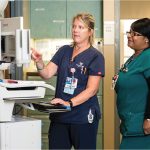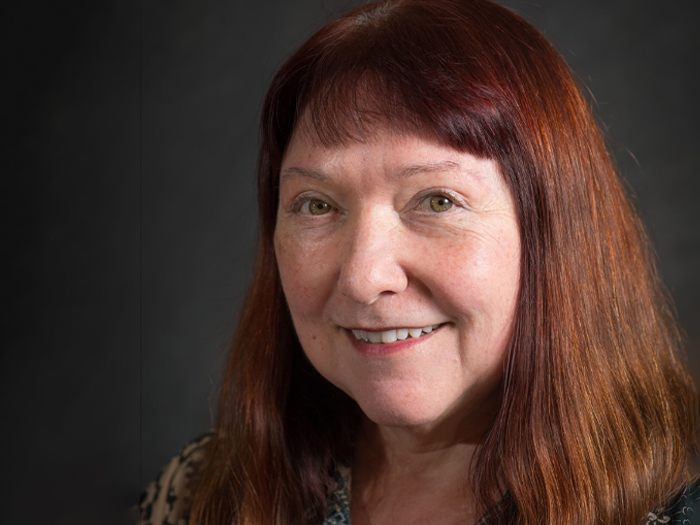The 2018 Teddy’s Have Taught Us One Important Lesson: Be Human
I’ve learned a lot of things from my boss, Matthew Kahn, who is the publisher of our magazine. I’m paraphrasing a bit, changing the order of his words, but one of his workplace mantras is: Be Professional, but Be Human.
I think that guidance from Matthew applies so very well to our 2018 Teddy winners, the workers’ compensation risk managers we honor in our November issue as well as at the National Workers’ Compensation and Disability Conference® & Expo every year.
In so many cases, the executives running these Teddy-winning programs had the humanity to look past numbers, dissolve useless methods and silos and get to the root of the matter. That being said, what is it that humans want and need?
In the case of the team at Starbucks, the winners recognized people want to be treated like adults.
Why sustain a system of supervisors reporting injuries? Why not let the workers, or the partners, to use Starbucks’ parlance, report their own injuries? Just think of how much ownership that adds to the process.
If a partner/worker is given the responsibility of reporting their own injury, they are that much more likely to take more ownership of the process of getting healthy and becoming more fully productive.
“Treat me like a human,” is what the souls of those workers are saying.
The University of Pennsylvania, Monmouth County, N.J. and Main Line Health — also winners. Look at their profiles and you will see this thread running through all of them.
Matthew’s words bear repeating. Be professional, but be human. &
Learn more from this year’s Teddy award winners:
 Starbucks’ Workers’ Comp Program Earns a Teddy Award for Its Exceptional Employee Advocacy
Starbucks’ Workers’ Comp Program Earns a Teddy Award for Its Exceptional Employee Advocacy
In just four years, Starbucks Coffee Company changed the way workers’ comp claims were handled by placing the process in the hands of their partners.
 This Is How Face-to-Face Interactions Transform Your Company’s Safety Performance and Program Awareness
This Is How Face-to-Face Interactions Transform Your Company’s Safety Performance and Program Awareness
The University of Pennsylvania turned the University’s workers’ comp program around, giving it a unified identity and the structure it needed to succeed.
 For This Award-Winning County, Employee Safety Begins Before the Job Offer
For This Award-Winning County, Employee Safety Begins Before the Job Offer
Monmouth County, New Jersey, used a combination of advanced technology and safety-and-wellness programs to lower claims 44 percent and losses by 76 percent from 2009 to 2017.
 How a Sprawling Health System Slashed Injuries by 24 Percent
How a Sprawling Health System Slashed Injuries by 24 Percent
For Main Line Health’s workers’ comp team, reducing employee injuries meant ditching the adversarial approach and pivoting to advocacy claims management.










